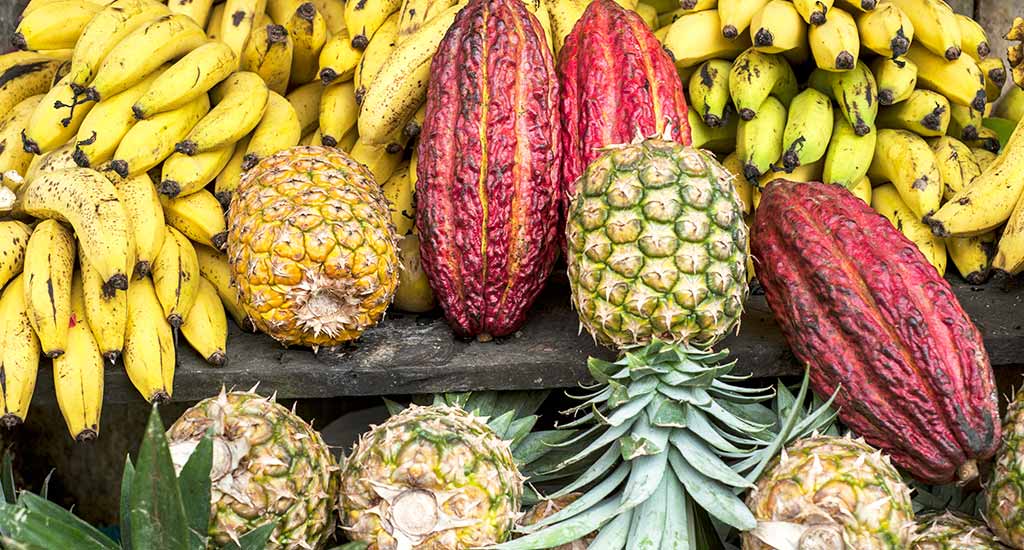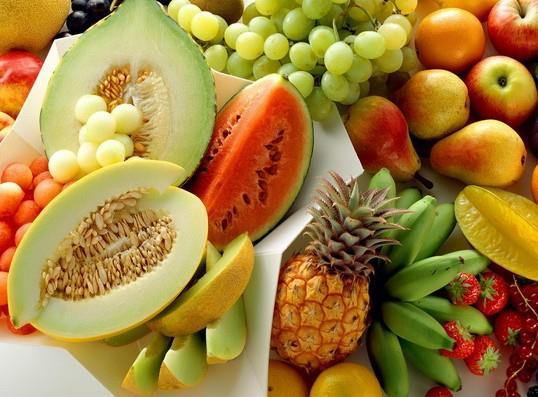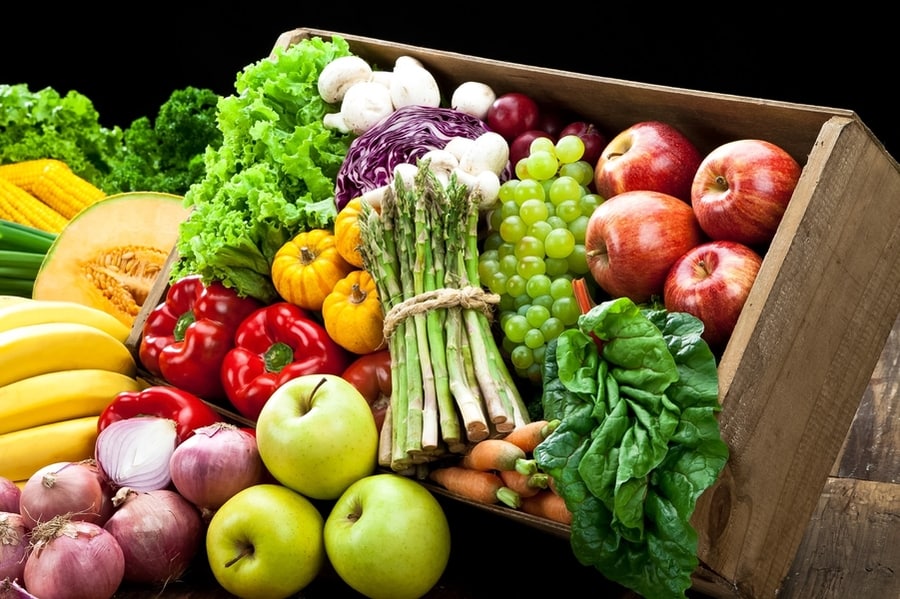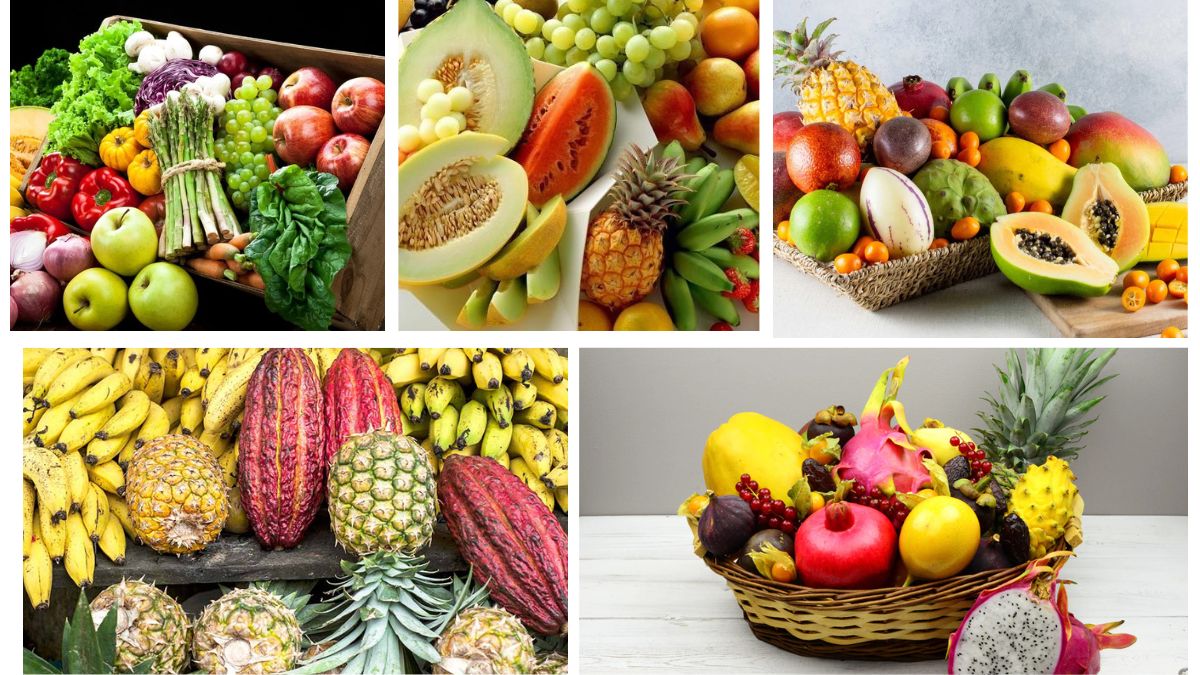Tropical fruits are loved worldwide for their vibrant flavors, unique textures, and remarkable health benefits. From sweet mangoes and juicy pineapples to creamy avocados and fragrant guavas, these fruits not only delight palates but also play a crucial role in international trade, particularly for tropical and subtropical countries. The tropical fruit trade has grown rapidly over the last few decades, driven by increasing global demand for exotic, nutritious, and fresh produce.
This brings us to an important question: which country holds the title of the largest tropical fruit exporter in the world? In this comprehensive article, we’ll explore global tropical fruit production trends, identify the leading exporters, and understand why one country in particular dominates this dynamic and valuable market.
Understanding Tropical Fruits and Their Global Significance

Tropical fruits are those that grow in warm, humid, tropical, and subtropical regions of the world. They require consistent warmth and rainfall and are highly sensitive to frost. These fruits are not only popular for their distinctive flavors but also valued for their rich vitamin, mineral, and antioxidant content.
Major tropical fruits include:
- Bananas
- Mangoes
- Pineapples
- Avocados
- Papayas
- Guavas
- Lychees
- Passion fruit
- Mangosteens
- Rambutans
Tropical fruits have become staples in supermarkets across North America, Europe, and East Asia, contributing significantly to the economies of producing nations, particularly in Latin America, Southeast Asia, and Africa.
Which Country Is the Largest Tropical Fruit Exporter in the World?

Ecuador: The World’s Top Tropical Fruit Exporter
The distinction of being the largest tropical fruit exporter globally belongs to Ecuador. This small South American nation has built a powerful reputation for its high-quality fruit exports, particularly bananas, which account for a substantial share of the global market.
According to data from the Food and Agriculture Organization (FAO) and International Trade Centre (ITC), Ecuador leads the world in the export of bananas and is a significant exporter of other tropical fruits like pineapples, passion fruit, and mangoes.
Why Ecuador Leads in Tropical Fruit Exports

Several factors contribute to Ecuador’s dominance in the tropical fruit export market:
1. Ideal Climate and Geography
Ecuador’s location along the equator provides it with year-round warm temperatures, abundant rainfall, and fertile volcanic soil. These conditions are perfect for growing a wide variety of tropical fruits with minimal seasonal disruption.
Key growing regions include:
- Guayas
- Los Ríos
- El Oro
- Manabí
These areas are renowned for their fertile land and consistent harvest cycles.
2. Strong Agricultural Infrastructure
Ecuador has invested in modernizing its agricultural sector, with advanced post-harvest handling facilities, cold storage, and efficient transport systems that maintain the quality and freshness of fruits destined for international markets.
3. Global Banana Dominance
Ecuador is, by far, the largest banana exporter in the world, contributing to nearly 25–30% of total global banana exports. The banana industry forms the backbone of Ecuador’s tropical fruit trade, with millions of tons shipped annually to markets in:
- The United States
- The European Union
- Russia
- China
- The Middle East
4. Expanding Market for Other Fruits
Besides bananas, Ecuador is increasing its exports of other tropical fruits such as:
- Pineapples
- Mangoes
- Passion fruits
- Dragon fruits (pitayas)
- Tamarillos
These fruits are gaining popularity in health-conscious global markets due to their exotic appeal and high nutritional value.
The Economic Importance of Tropical Fruit Exports for Ecuador

Tropical fruit exports play a vital role in Ecuador’s national economy, providing:
- Employment for over 2 million people, both directly and indirectly.
- Substantial foreign exchange earnings.
- Economic support to thousands of small and medium-sized farmers.
Bananas alone contribute to nearly $3–4 billion USD in annual export revenue, making it one of the country’s most valuable agricultural exports.
Other Major Tropical Fruit Exporting Countries
While Ecuador leads the market, several other countries also play significant roles in global tropical fruit exports:
1. The Philippines
A major exporter of:
- Bananas
- Pineapples
- Mangoes
The Philippines is a key supplier to East Asia, especially Japan, China, and South Korea.
2. Costa Rica
Globally recognized for:
- Pineapple exports (world’s top pineapple exporter)
- Bananas
- Papayas
Costa Rica exports heavily to the United States and the European Union.
3. Mexico
A leading exporter of:
- Avocados (world’s largest exporter)
- Mangoes
- Papayas
- Guavas
Mexico supplies the United States, Canada, and increasingly, Asian markets.
4. Colombia
An emerging player in the export of:
- Bananas
- Avocados
- Exotic fruits like passion fruit and pitahaya
Colombia benefits from year-round production and proximity to North American markets.
Global Demand for Tropical Fruits

Over the last decade, global demand for tropical fruits has surged due to:
- Rising health consciousness.
- Growing culinary interest in exotic fruits.
- Demand for plant-based, nutrient-rich diets.
Countries in Europe, North America, and East Asia have been the fastest-growing importers of tropical fruits, particularly:
- Bananas
- Avocados
- Mangoes
- Dragon fruits
The FAO reports that tropical fruits are among the fastest-growing fresh produce categories worldwide, driven by consumer interest in natural, minimally processed, and exotic foods.
Challenges Facing Tropical Fruit Exporting Nations
Despite growth, the tropical fruit trade faces several challenges:
- Climate change impacts, including increased droughts and hurricanes.
- Plant diseases like Panama Disease in bananas.
- Trade restrictions and tariffs in certain markets.
- Post-harvest losses due to limited cold chain infrastructure in some regions.
Countries like Ecuador continue to invest in disease-resistant crop varieties, sustainable farming practices, and improved logistics to meet rising global demand.
Conclusion
To sum up, Ecuador stands as the largest tropical fruit exporter in the world, thanks to its favorable climate, excellent infrastructure, and dominance in banana exports. This small but agriculturally rich country has successfully positioned itself as a global supplier of not just bananas, but a growing portfolio of high-quality tropical fruits.
As worldwide interest in tropical and exotic fruits continues to rise, Ecuador’s leadership, alongside countries like the Philippines, Costa Rica, Mexico, and Colombia, will be pivotal in meeting consumer demand. These nations contribute significantly to food security, economic development, and global agricultural trade.
Tropical fruits will continue to play an essential role in promoting healthy eating, culinary diversity, and sustainable agricultural practices — with Ecuador proudly at the forefront of this vibrant, fast-growing industry.





